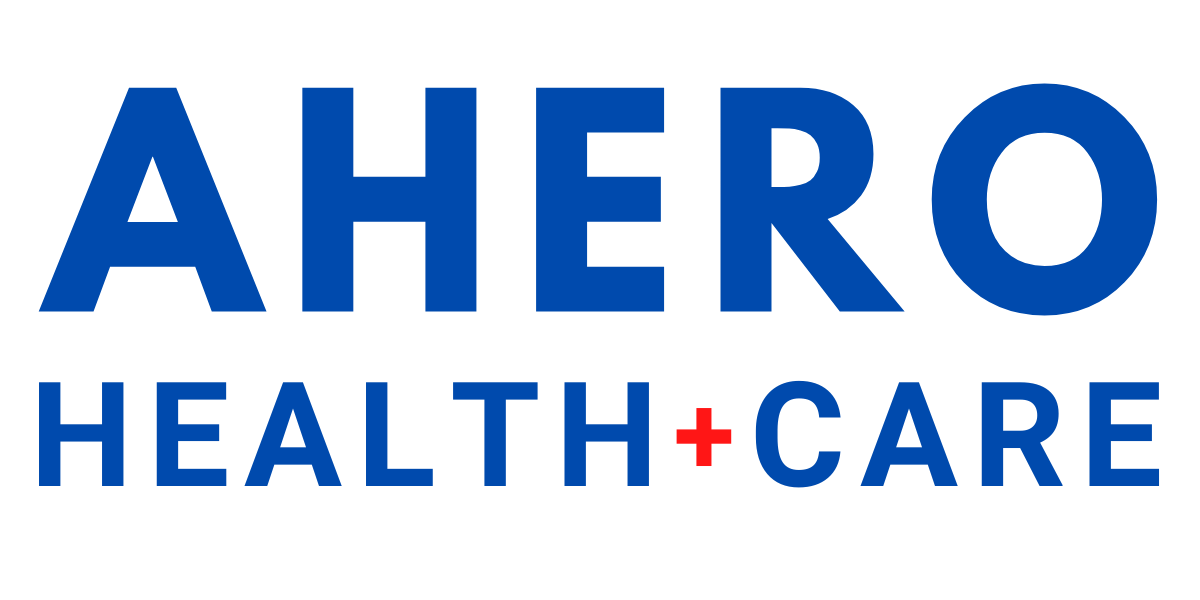From Subjective to Substantive: How Data-Driven Assessments Revolutionize Claims Management
For claims adjusters, disability managers, and legal professionals in Ontario, the ambiguity of self-reported pain presents a persistent challenge. Arriving at a fair and defensible claim decision often hinges on navigating subjective information. This difficulty is part of a larger industry-wide movement away from subjective interpretation and toward substantive, data-driven validation. While the focus here is on the broader claims management landscape, the principles of this revolution—accuracy, consistency, and defensibility—are directly applicable to the complex task of assessing pain.
This post explores how leveraging objective, data-driven assessments is revolutionizing the entire claims ecosystem in Ontario. By understanding this technological shift, professionals can gain valuable insights into the future of claims validation, paving the way for more accurate and streamlined processes, whether dealing with property damage or a complex disability claim.
Why is AHERO Health + Care focused on the shift from subjective to data-driven claims management?
The shift from subjective to data-driven claims management is a critical evolution for the Ontario insurance industry, driven by necessity. In 2024, the province faced a record-breaking year with over $8.5 billion in insured losses from severe weather alone, a dramatic increase that has made traditional, manual assessment methods unsustainable ibc.ca. This surge in volume and complexity demands systems that can process vast amounts of information with speed and accuracy. For professionals evaluating claims, this means moving beyond intuition and leveraging objective data to create more consistent, defensible, and efficient outcomes. This principle is the foundation of modern claims validation and is central to providing substantive evidence in any assessment.
What core technologies are enabling this transformation?
The foundation of this change lies in sophisticated Integrated Claims Management Systems (ICMS). These platforms centralize every aspect of a claim into a single digital ecosystem, from the first notice of loss to the final settlement vcasoftware.com. They break down the data silos that previously hindered comprehensive assessments.
Key technologies powering these systems include:
Artificial Intelligence (AI) and Machine Learning: AI automates routine tasks, while machine learning algorithms triage claims by assigning them to the right adjusters based on complexity and value. This ensures human expertise is reserved for cases requiring nuanced judgment and empathy vcasoftware.com.
Cloud-Based Architecture: Moving away from rigid legacy systems allows insurers to scale their operations dynamically, which is crucial for handling sudden surges in claim volumes, like those seen during recent catastrophic weather events in Ontario lumenalta.com.
Predictive Analytics: These systems analyze historical data to forecast claim severity, litigation potential, and fraud risk. This provides adjusters with early warning indicators, allowing for proactive management that can prevent minor issues from escalating into costly disputes vcasoftware.com.
How does a data-driven approach improve fraud detection?
Data analytics has transformed fraud detection from a reactive, intuition-based process to a proactive, preventative strategy. AI-powered systems analyze vast datasets to identify subtle patterns and anomalies that a human investigator would likely miss. In Canada, where insurance fraud costs consumers an estimated $2 billion annually, this is a critical advancement shift-technology.com.
Machine learning algorithms are particularly effective at spotting organized fraud rings by identifying connections across multiple claims that appear unrelated on the surface. Recent research has demonstrated AI's potential to achieve 91% accuracy in detecting hidden fraud patterns, a significant improvement over traditional methods uoguelph.ca. This not only prevents improper payouts but also reduces the number of legitimate claims that are delayed by unnecessary investigations, offering a key AHERO Health + Care insight into operational efficiency.
What is the role of Ontario's regulator in this technological shift?
The Financial Services Regulatory Authority of Ontario (FSRA) plays a crucial role in overseeing this transition, ensuring that innovation is balanced with robust consumer protection. FSRA has established comprehensive guidance for the use of big data analytics, built on three pillars: model fairness, transparency in decision-making, and support for vulnerable consumers fsrao.ca.
Furthermore, FSRA's Fraud Reporting Service Rule now requires all auto insurers to submit specific fraud-related data. This systematic collection allows the regulator to understand the scale of fraud, identify emerging trends, and measure the effectiveness of anti-fraud initiatives across the province insurancebusinessmag.com. This regulatory framework ensures that as the industry adopts more powerful tools, the outcomes remain fair and transparent for all Ontarians.
What are the tangible benefits of adopting these data-driven practices?
The move to data-driven assessments delivers clear, measurable benefits. According to research from McKinsey, insurers using integrated claims platforms can reduce processing costs by up to 30% while simultaneously improving customer satisfaction scores by 20% vcasoftware.com. This demonstrates that efficiency and a better client experience can go hand-in-hand.
For professionals on the front lines, applying AHERO Health + Care best practices means faster, more accurate decisions. When assessments are based on comprehensive data rather than subjective judgment, both claimants and insurers have greater confidence in the outcome. This reduces the likelihood of contested settlements and lengthy disputes, streamlining the entire validation process and allowing adjusters and managers to focus their expertise where it matters most.
References
[1] "https://vcasoftware.com/integrated-claims-management-system/"
[5] "https://www150.statcan.gc.ca/n1/pub/11-621-m/11-621-m2025003-eng.htm"
[7] "https://www150.statcan.gc.ca/n1/daily-quotidien/250402/dq250402a-eng.htm"
[8] "https://www.auditor.on.ca/en/content/annualreports/arreports/en22/AR_FSRA_en22.pdf"
[9] "https://www.eisca.com/blog/how-ai-is-transforming-application-claims-processing/"
[10] "https://www.vonage.com/resources/articles/ai-in-insurance/"
[11] "https://www.testingxperts.com/blog/insurance-industry-canada/ca-en"
[13] "https://vlinkinfo.com/blog/how-ai-is-transforming-claims-processing-in-insurance-industry"
[15] "https://www.absoluteinsurance.ca/telematics-usage-based-insurance/"
[16] "https://wahve.ca/the-transformative-power-of-blockchain-in-insurance-claims-management/"
[17] "https://www.shift-technology.com/resources/press/industry-wide-fraud-detection-effort-expands"
[19] "https://www.ratehub.ca/insurance/car/telematics-usage-based-insurance"
